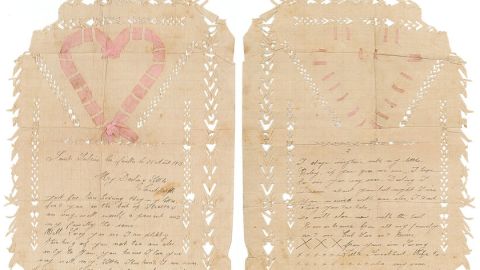The Goldman Emails: Not Abelard and Heloise

“The Goldman Emails,” exchanges between executives regarding the state of the market—and Goldman’s strategic choices leading up to and during this last crisis—are artful in their absence of art. These are not men who make metaphors, for good reason. The content of their communication is far less damning than things we have seen in the past; they are far less fun to read than some more provocative exchanges between colleagues—or even lovers. This is not Heloise and Abelard.
“Burn, baby, burn,” was what one of Enron’s traders was caught saying to another via taped conversations on the floor. The absence of emotion on the part of these (mostly) young (mostly) Enron men was striking. They were willing to cause California power customers to, literally, lose their lights, and so perhaps be placed at physical risk, all in order to manipulate the market. What was said “on the record” at Enron will remain the corporation’s most lasting legacy. Not only did they break the law, they acted like coked-up children while doing so. They fiddled while Rome burned, and then they were Rome.
For Goldman, the “failure” to put anything interesting in their emails might dilute global ire, ironically. But why should they have? They are not in the business of letters. As we know now thanks to myriad mistakes made by others in public life: eloquence is high-risk, and email is not the place to put anything worth reading. What’s worth reading is often too subtle, complex or subjective for the medium. Or too private.
Abelard and Heloise’s celebrated twelfth-century correspondence was a peak in the history of letters. While people are surely still writing notes to one another, e-mail’s early promise of a new phenomenon of written expression has rather become, forcibly, a dull system of data management, and tracking. Ironically, we can be confident that anything of any importance will no longer be found on email, either in the outboxes of Wall Street executives or in those our own relatives and lovers. We are beyond that now. We are back to verbal. Or, perhaps, back to non-verbal. The cool thrill of electronic transmission—speed—is voided by its transparency. That said, while the “absence of evidence is not evidence of absence,” the court of public opinion will admit whatever evidence it wants.





